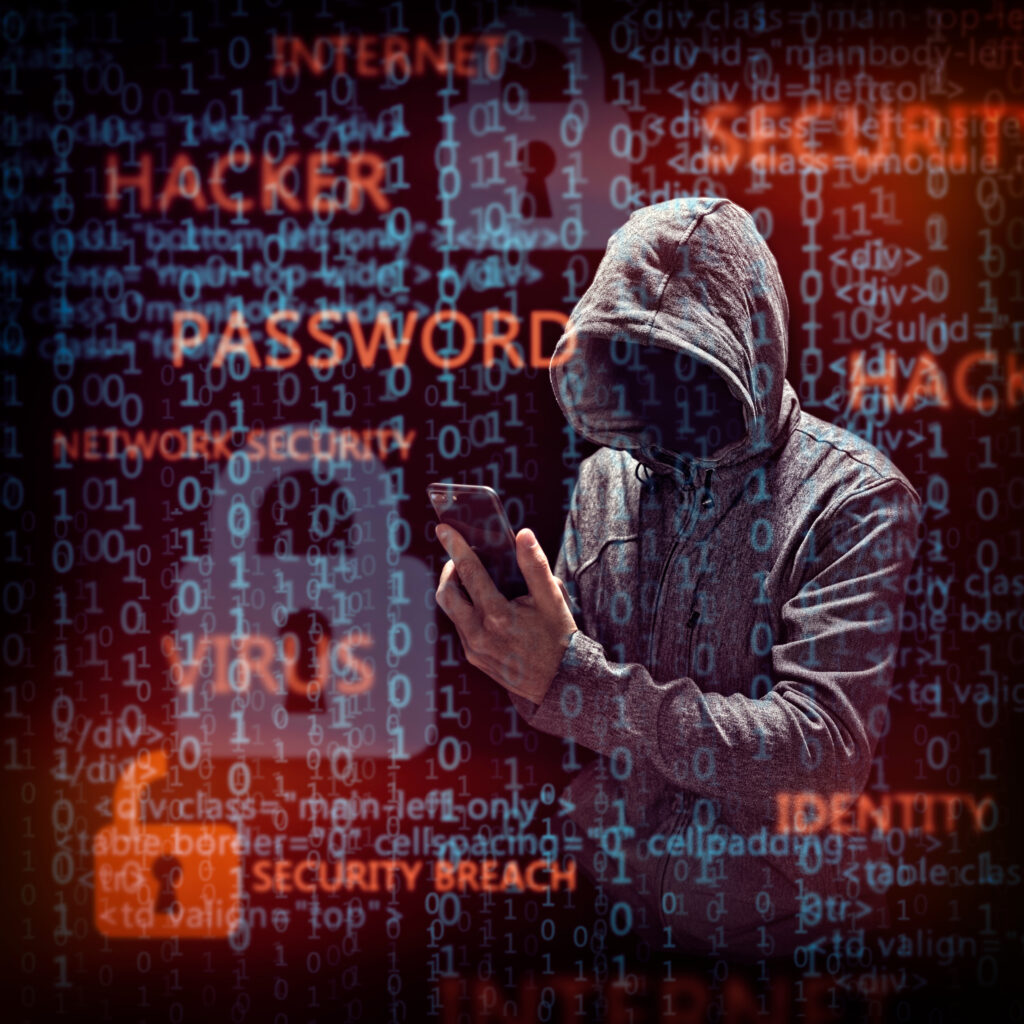There are many parts of the US election process that criminal hackers can target to influence election results.
Because it is a highly publicised event every 4 years, the US Presidential Election comes with inevitable security risks, & interest from high-level hackers & sophisticated cyber-criminals looking to influence results. The upcoming 2020 election ‘ups the stakes.’ It has captured the attention of everyone across the globe & is seen as one of the most important & pivotal elections in decades.
COVID-19
With the COVID-19 pandemic, there is no doubt that this year’s election will be the 1st of its kind. It is a ‘race against time’ as counties & various states across the US, some which never previously allowed votes to be cast by mail, rapidly change their election processes to support mail-in ballots.
This presents a new range of security issues, which include a lack of transparency over the security measures, & voter auditing applied to each type of voting method. The lack of resources needed to adapt & secure the mail-in voting process by the early Nov. election date is has been another cause for concern.
Voting Infrastructure
If security experts & the wider public focus too much time & attention on trying to secure the US’s predominately mail-in voting infrastructure this year, it may give criminal hackers the opportunity to take advantage of other areas, & systems that are just as important.
Cyber-attackers gaining access to the infrastructure, machines & firmware used to cast & count votes is always a problem. There are many areas of the election process that criminal hackers can target to influence election results, not just hacking the outcome of the vote but ultimately ‘hacking democracy.’
Attackers can target an election’s voter-registration systems & invalidate votes from the start.
Poisoning
Accessing this type of system can lead to the possibility of ‘poisoning’ voter data, such as voter names being deleted, added, or changed. A voter’s location can also be altered to support a specific result, especially in key swing US states.
Voter suppression in the form of distributed denial-of-service (DDoS) attacks is also another issue seen time & again, especially when voting registration deadlines approach, because they can prevent voters from timely registering.
Transparency
While there is a way to travel when regarding election security & transparency, it is important to take-in the positive changes that have happened recently. The regulations implemented by social platforms that flag & prevent the spread of false political statements or “fake news” is a highly positive step.
The public reporting of malicious & ransomware attacks both related, & non-related, to the US Presidential Election has also helped improve transparency & awareness levels.
Confidence
Another factor is changing the level of confidence that voters have in the security & accuracy of the voter system. Negative perceptions may lead to an increase in non-voters.
The worst potential outcome of the US Presidential or any election, & the ‘ultimate hack’, is to create ‘distrust in the voting system’, so that fewer voters will participate.
So, it is of the greatest importance that govts. focus on rebuilding the trust in democracy, which has surely been eroded in recent years due to foreign hacking influence.
https://www.cybernewsgroup.co.uk/virtual-conference-november-2020/










